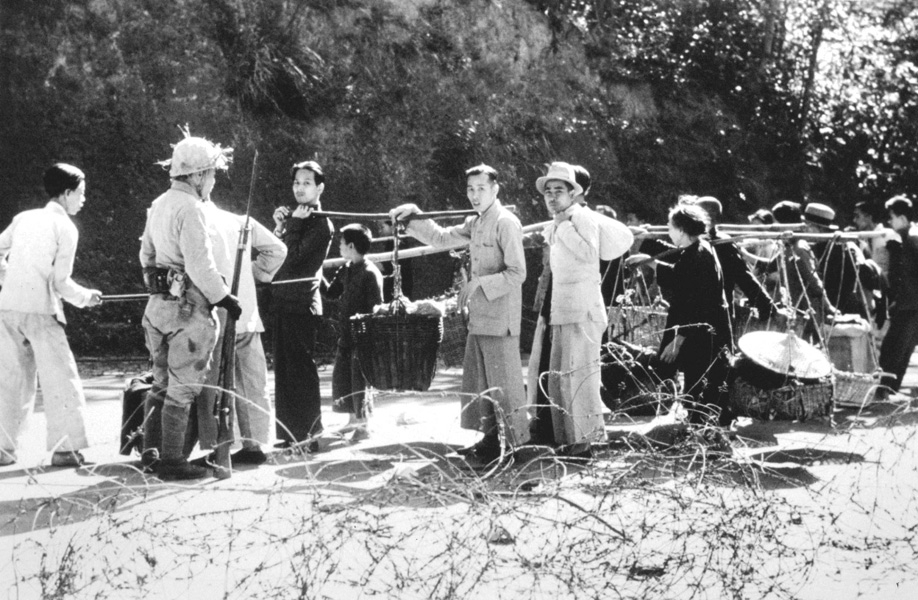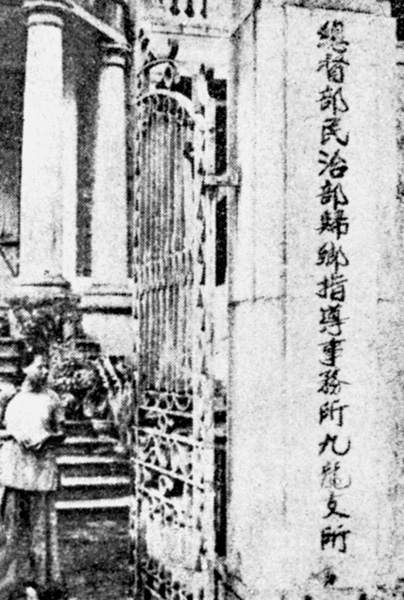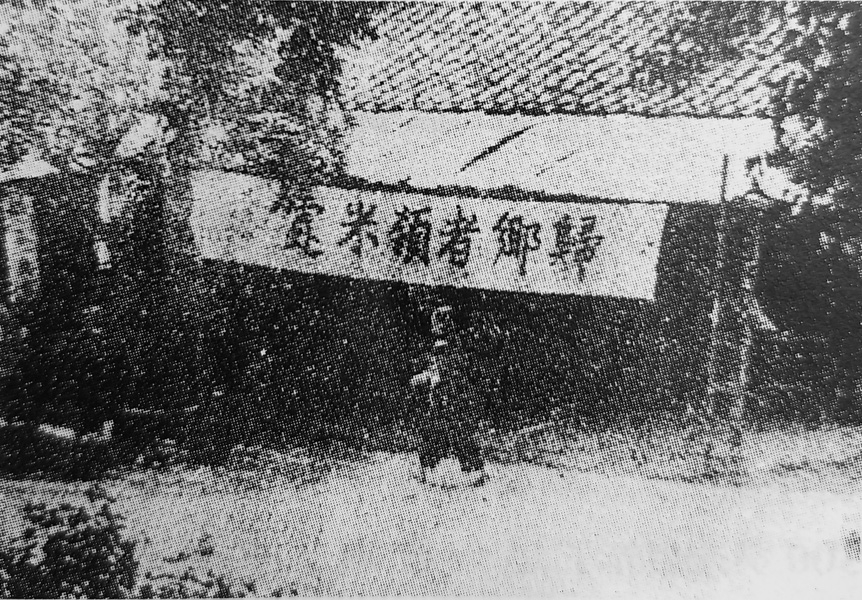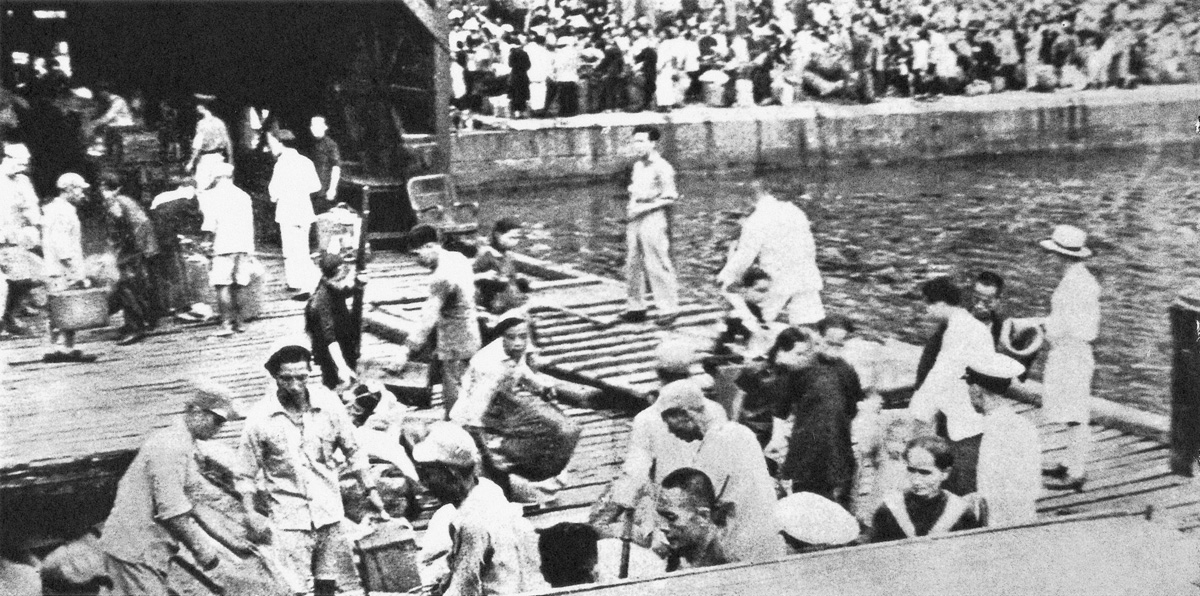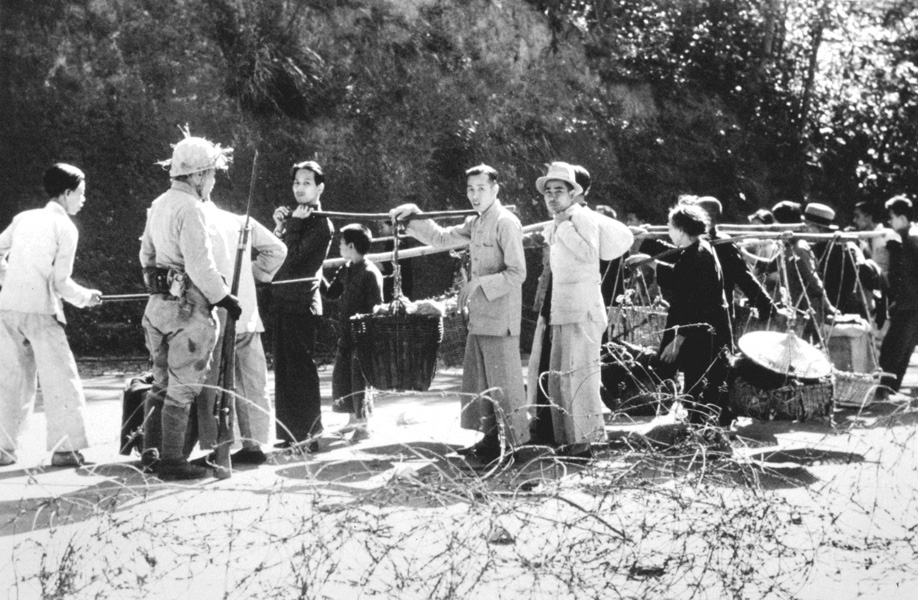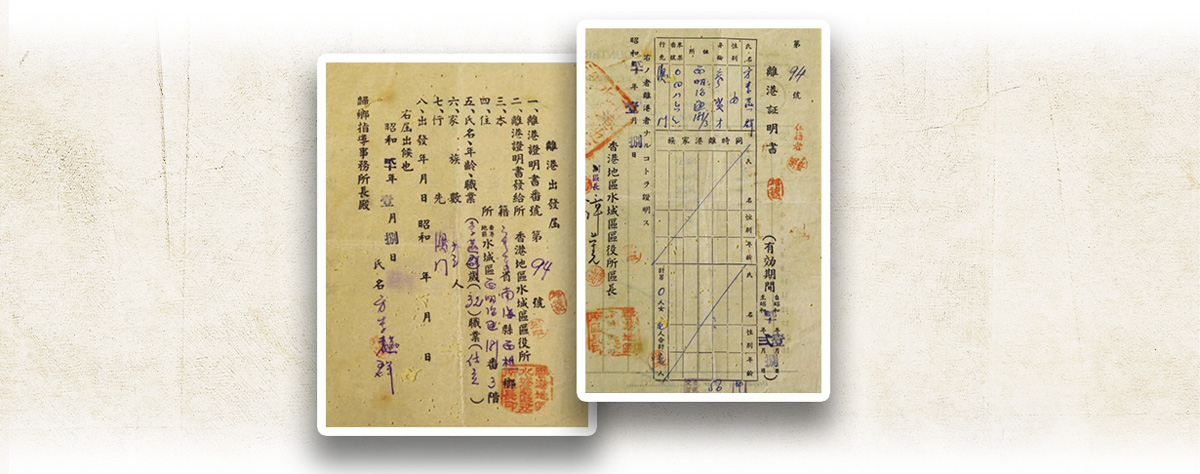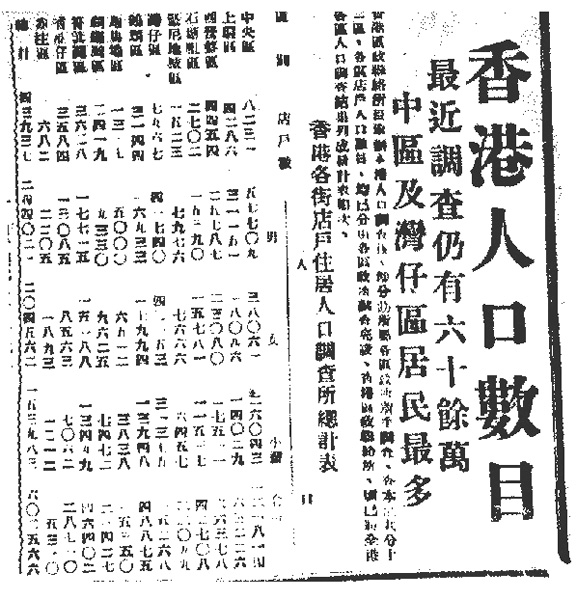After the Japanese occupied Hong Kong, there was food shortage in Hong Kong. Firstly, Hong Kong lacked resources such as rice and other daily necessities, and the war affected the regular import of these resources to Hong Kong. Secondly, the Japanese successively took away Hong Kong’s grain reserve for military purposes. The Japanese implemented a repatriation policy soon after they occupied Hong Kong. It aimed to reduce the population from about 1.6 million to about 500,000 to lessen the consumption of food and other resources.
When the repatriation policy was first implemented, the Hong Kong Occupied Territory Government (the occupation government) enticed people to leave Hong Kong. However, it gradually failed to achieve its goal since mid-1942. Therefore, the occupation government adopted tough measures by sending the Kempeitai (Japanese military police) to arrest civilians in the streets arbitrarily and deport them, leaving them to survive on their own. At the end of 1943, the Japanese lost ground in the Pacific War, worsening the problem of food shortage in Hong Kong. There was a greater pressure for the occupation government to reduce the population, so it required all Hong Kong residents to apply for a resident certificate. The unemployed, beggars, and the homeless would be deported from Hong Kong. Arbitrary arrests of residents in the street happened from time to time.
The repatriation policy was intended to evacuate residents who could not support themselves so that food shortage could be relieved. However, this turned into a brutal implementation when people were arrested arbitrarily and deported forcibly. Many residents lost their family members on their way back to their hometowns in the Chinese mainland. People suffered from starvation and diseases, and were even looted by bandits. Many died on the way. Later, some Hong Kong residents were abandoned on deserted islands or at sea, waiting for their end. The Japanese also killed the old, the weak, the sick, and the disabled on the way or pushed them into the sea and let them drown. The road back home became the road to death.
Due to the brutal implementation of the repatriation policy by the occupation government and the deteriorating living environment in Hong Kong, the local population continued to plummet. There were only about 600,000 people left by August 1945.
|
|
What was the original intent of the repatriation policy? Why did it become an inhumane policy that severely harmed Hong Kong residents? |
|
|
See answer below. |
Soon after the Japanese occupied Hong Kong, they implemented the repatriation policy and set up the Repatriation Office to reduce the local population. The photo shows its Kowloon branch on Gascoigne Road.
At first, the occupation government enticed Hong Kong residents to leave for the Chinese mainland. For example, it would give rice to those who repatriated voluntarily. The photo shows a place where the volunteers collected rice.
Many Hong Kong residents responded to the repatriation policy. The photo shows them waiting at the pier to return to the Chinese mainland.
In the early days of the Japanese occupation, some Hong Kong residents left for their hometowns in the Chinese mainland from Sheung Wan Pier by boat.
In the early days of the Japanese occupation, a group of Hong Kong residents walking past a Japanese guard post on their way back to their hometowns in the Chinese mainland.
Departure permits issued by the occupation government.
An identity certificate of a staff member at the Overseas Chinese Daily News (《香港華僑日報》) during the Japanese occupation. Having a job ensured a person’s Hong Kong residency. The unemployed would be deported.
A view of Beaufort Island (or Lo Chau) from Po Toi Island. The Japanese abandoned hundreds of Hong Kong residents on this deserted island in mid-1944. (Photo by Liu Shuyong)
Since the repatriation policy failed to greatly reduce the Hong Kong population within a short period of time, the occupation government adopted tough measures such as abandoning Hong Kong residents on deserted islands and let them fend for themselves. An example was the incident happened on Beaufort Island. The Japanese abandoned 400 people on the deserted Beaufort Island in mid-1944. Later, residents of Hok Tsui Tsuen, which is on the opposite bank of Beaufort Island, often heard screams from there. When they landed on the island, they found many bodies there. Many people starved to death or drowned when trying to escape the island. Some even ate others on the island.
83-year-old Chow Fo-tai (周夥娣, second from left), 76-year-old Leung Kam-sing (梁金勝, first from left), and 75-year-old Lau Siu-ming (劉少明, second from right) talking about the incident on Beaufort Island. The three of them live in the same village on Po Toi Island. Chow witnessed the Japanese abandoning refugees on Beaufort Island. Leung and Lau heard their fathers talk about this incident. They saw many human remains on Beaufort Island. (Photo taken by Liu Shuyong on 8 March 2015)
Apart from the incident on Beaufort Island, there were many other tragedies caused by forced repatriation during the Japanese occupation. Here are two examples:
On 19 May 1942, the Japanese escorted about 10,000 people to Sai Wan to board 19 ships towed by another ship. As soon as the people were on board, they were trapped in the cabin. Shortly after the ships set out, they encountered a typhoon. The Kempeitai cut the towing cables and let the 19 ships drift. 14 of them sank and one was seriously damaged, killing about 3,000 people. Most of the survivors were too weak to walk. Many of them died on the beach.
In December 1944, about 400 people in the refugee camp in North Point were driven to the seaside at North Point to board a ship. They were locked in the cabin for 24 hours. After the ship arrived in Pinghai Town (平海鎮), Huizhou (惠州市), the Japanese released those who were strong and healthy and killed about 70 people who were sick or disabled. The bodies were pushed into the sea.
The Hong Kong population plummeted from about 1.6 million before the war to about 600,000 before the end of the Japanese occupation. One of the reasons for the drop was the brutal implementation of the repatriation policy. Moreover, many people were killed, became sick, and died of starvation during the war.
|
|
What was the original intent of the repatriation policy? Why did it become an inhumane policy that severely harmed Hong Kong residents? |
|
|
The repatriation policy was at first to evacuate residents who could not support themselves to relieve food shortage. It became an inhumane policy because the occupation government regarded Hong Kong people’s lives as nothing. The self-absorbed Japanese authorities used brutal methods to reduce the local population shortly, causing enormous disaster to Hong Kong residents. |




